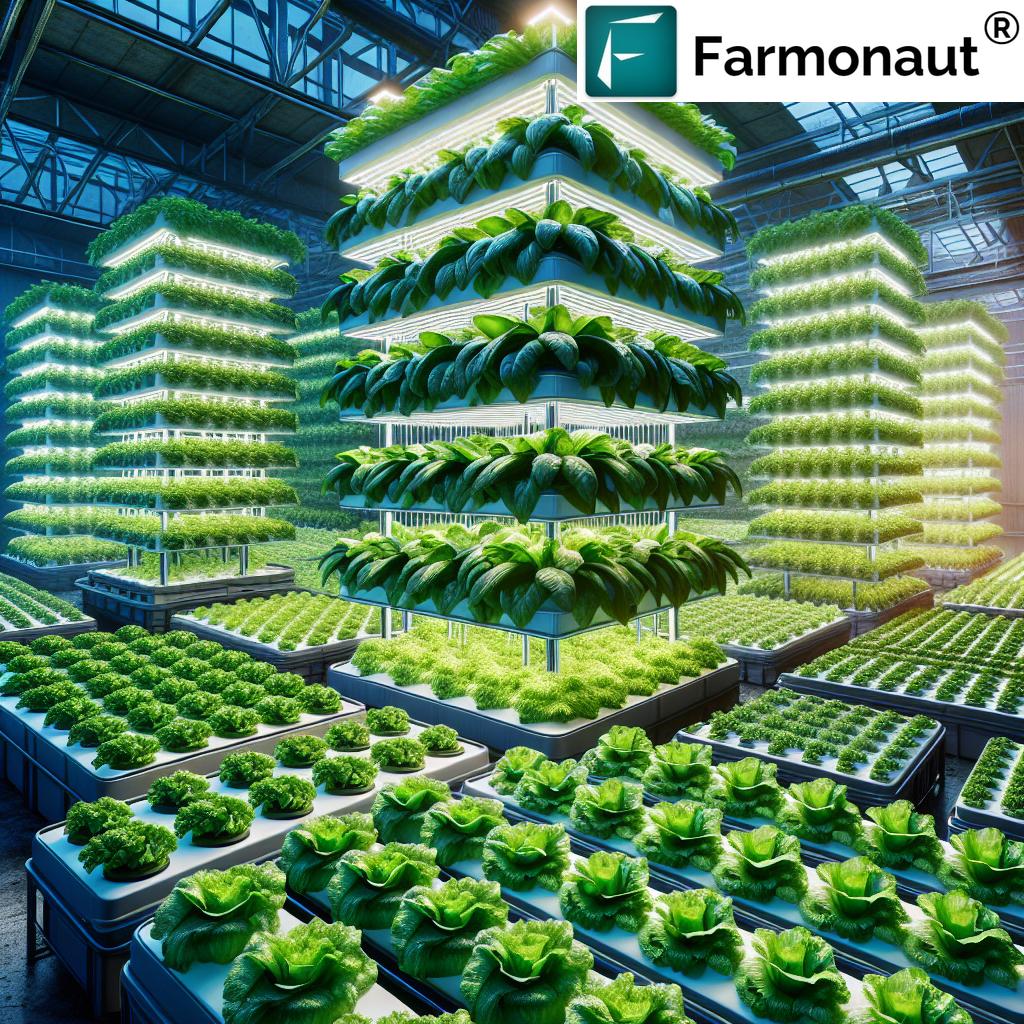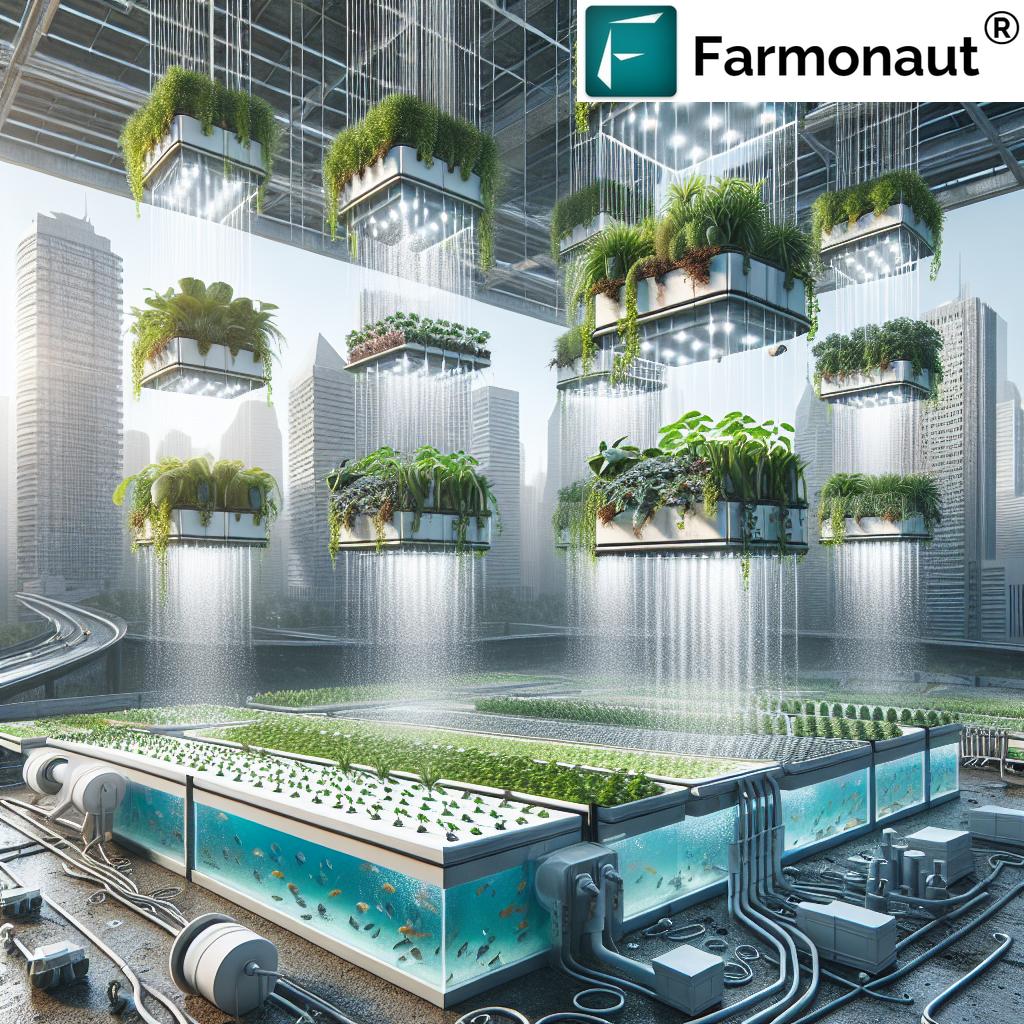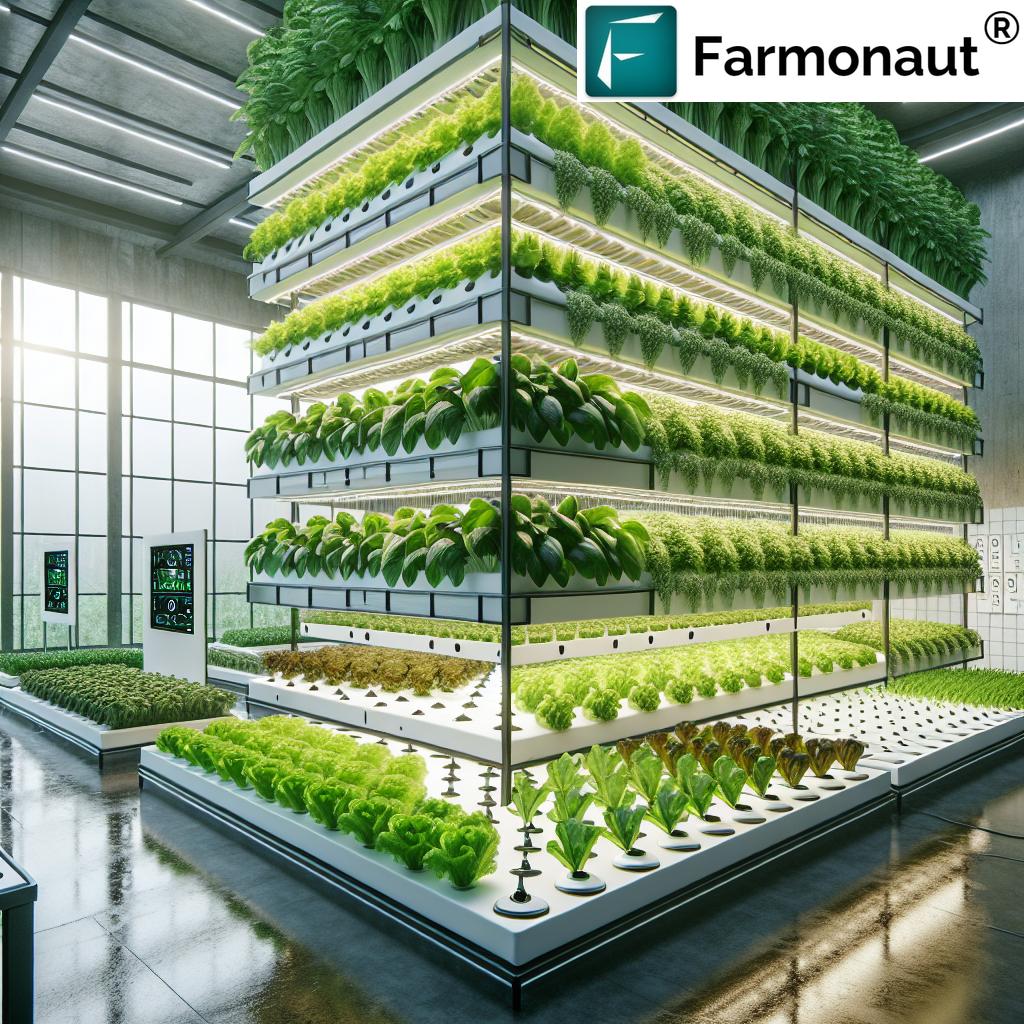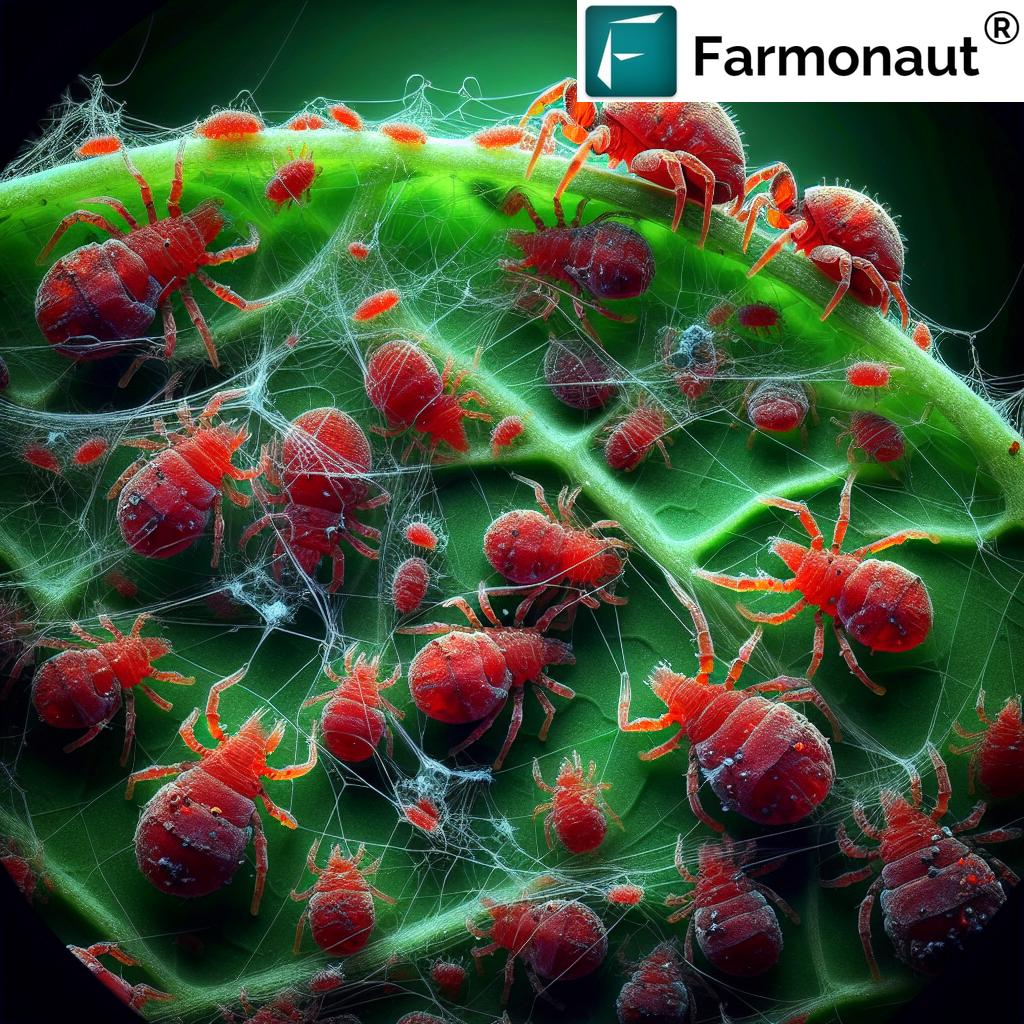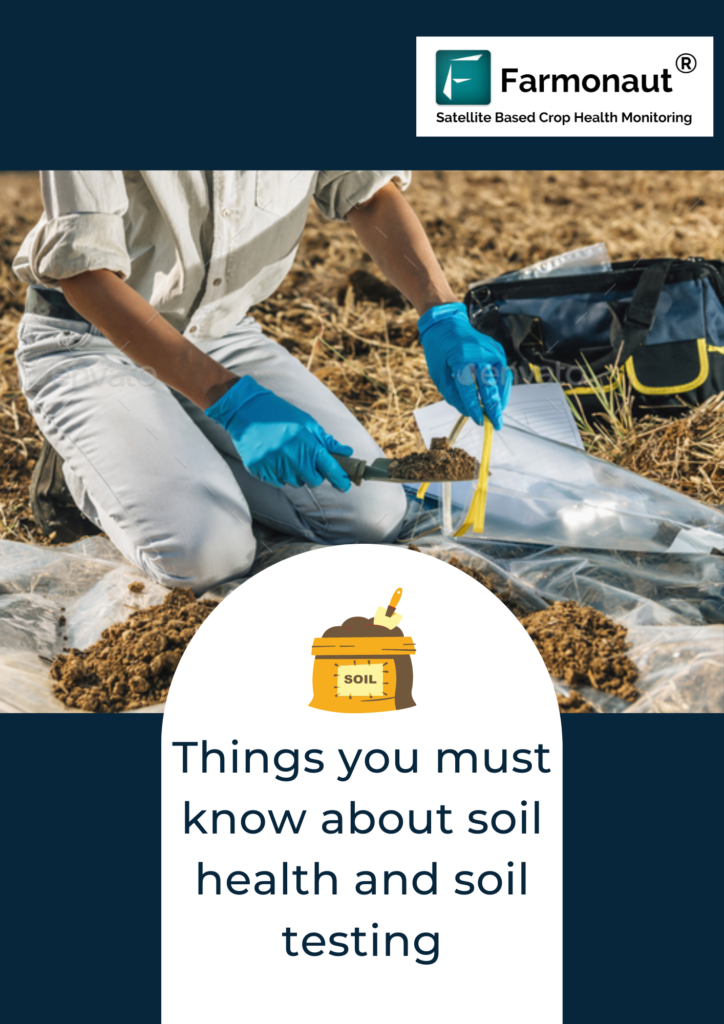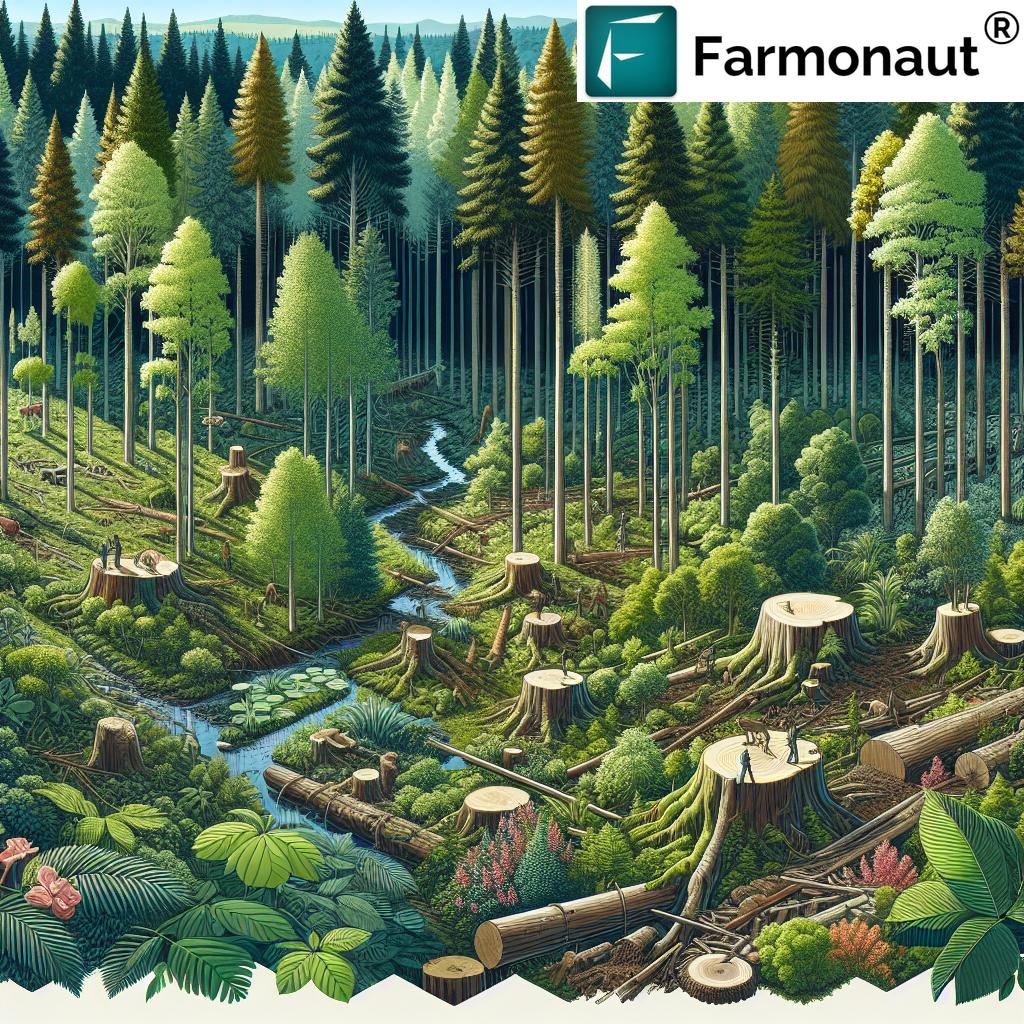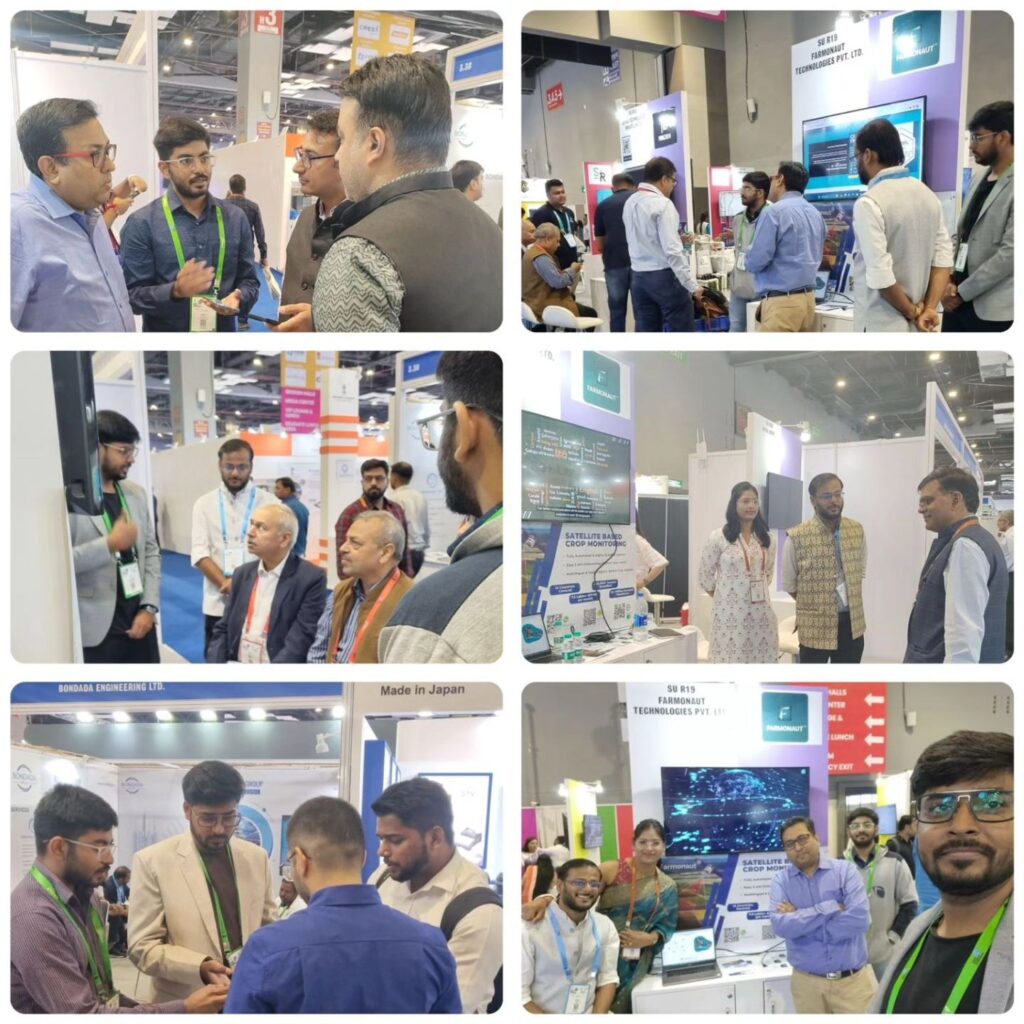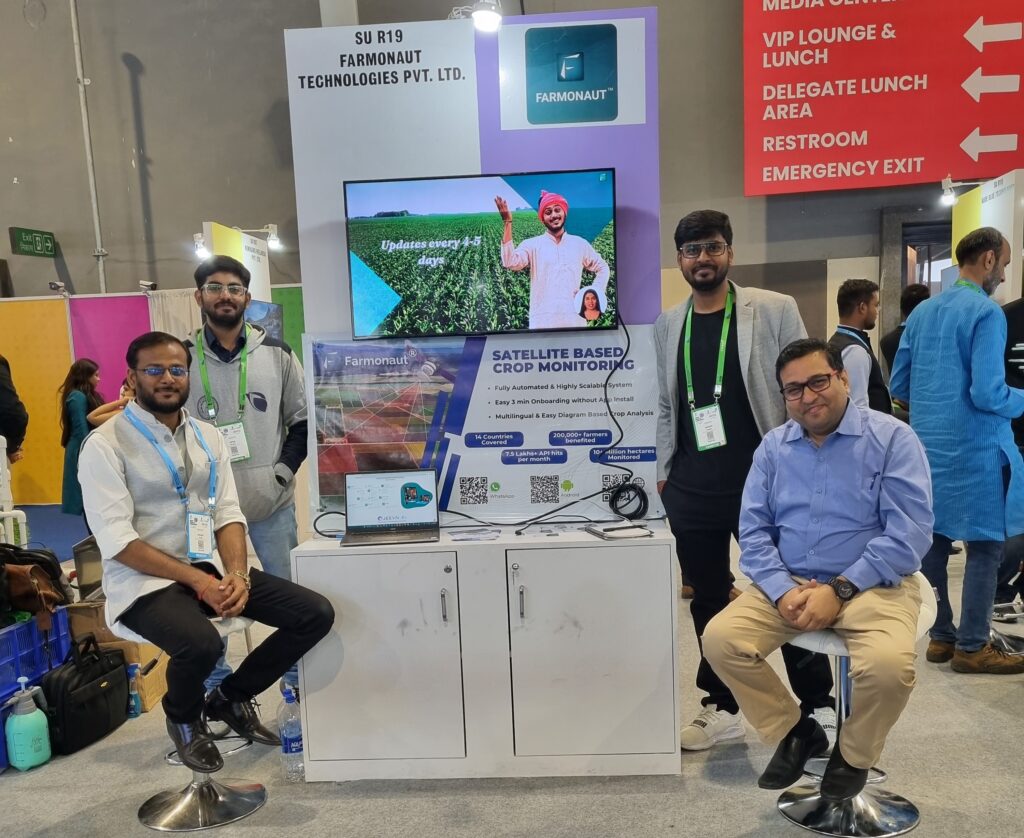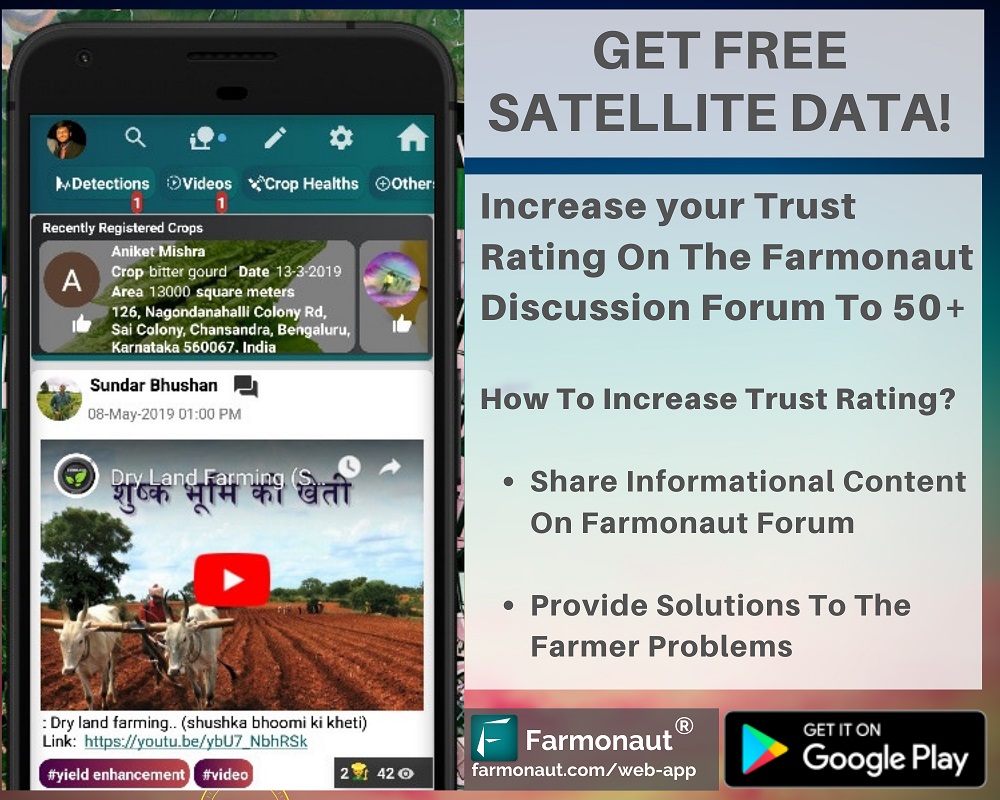Vertical Cultivation: 7 Game-Changers You Must See
“Vertical farms can use up to 95% less water than traditional agriculture, revolutionizing urban food production.”
Introduction: The Rise of Vertical Cultivation
In a world grappling with rapid urbanization, limited arable land, water scarcity, high-energy consumption, and the urgent need for sustainable agriculture, vertical farming is emerging as a transformative solution. By cultivating crops in stacked layers or vertically inclined surfaces—often within urban buildings, warehouses, or specially designed structures—vertical cultivation elevates food production to new heights. This innovative approach optimizes resource use, reduces environmental impact, and paves the way for resilient, local food systems.
As our populations continue to rise and the climate becomes increasingly unpredictable, traditional farming struggles to keep pace. Enter hydroponic systems, advanced lighting, automated control environments, and other groundbreaking technologies that enable year-round food production, even in the heart of cities. In this comprehensive guide, we’ll explore the seven vertical farming game-changers reshaping our approach to plant growth, sustainability, and food security.
Focus Keyword: Vertical cultivation
Historical Background: The Origins of Vertical Farming
To appreciate the leap forward that vertical cultivation represents, we must understand its roots. The idea of growing food in non-traditional, vertical settings goes back a century. In 1922, Le Corbusier’s “Immeubles-Villas” suggested integrating gardens into high-rise homes. Decades later, SITE’s “Highrise of Homes” concept further advanced this architectural vision. While these ideas were ahead of their time, they laid the groundwork for today’s urban farming solutions and the quest for sustainable agriculture in our cities.
The real acceleration in vertical farming development occurred in the early 21st century, as climate change, food security concerns, resource scarcity, and technological advancements converged. Today, we stand on the verge of an agricultural technology revolution, with vertical cultivation methods leading the way.
7 Vertical Cultivation Game-Changers You Must See
The future of vertical farming is here. Discover the seven innovations that are driving unprecedented gains in yield, resource efficiency, and environmental sustainability:
-
Hydroponic Systems:
These soilless farming methods grow plants in nutrient-rich water solutions, circumventing the need for fertile land and maximizing root access to nutrients. -
Aeroponic Technologies:
Plants’ roots are suspended in the air and misted with essential nutrients, leading to rapid growth and significant reductions in water use. -
Aquaponic Integration:
These closed-loop systems combine fish farming with hydroponic plant cultivation. Fish waste provides nutrients for plants, while plants purify the water for the fish. -
Automated Lighting & Climate Control:
Advanced LED grow lights and climate systems allow precise, year-round control of plant environments, boosting yields and enabling “indoor plant cultivation” regardless of season or location. -
AI & IoT-Driven Monitoring:
Deploying sensors and artificial intelligence, these farms optimize resource use (water, nutrients, light) and fine-tune growth conditions, improving both efficiency and sustainability. -
Modular Farm Design & Space Optimization:
Custom, stackable modules and vertical racks help maximize produce, allowing expansion in urban spaces where square footage is limited. -
Integration with Renewable Energy:
Solar, wind, and other renewable energy sources reduce the carbon footprint of vertical farms and promote sustainable food production.
“Hydroponic systems can yield crops up to 3 times faster than soil-based farming, boosting sustainable agriculture.”
Comparative Features and Impact Table: Vertical Farming Innovations
| Technology/Method | Brief Description | Estimated Yield Increase (%) | Water Usage Reduction (%) | Space Requirement (per 1 ton) [vs. Traditional (sq.m.)] |
Initial Investment (Estimated USD) |
Sustainability Impact |
|---|---|---|---|---|---|---|
| 1. Hydroponic Systems | No-soil; water-based nutrient delivery | 30-50% | Up to 90-95% | ~20 sq.m. (vs. 80-100) | $50K – $200K/acre | High CO₂ reduction, water efficient |
| 2. Aeroponics | Plants suspended/misted with nutrients | 40-70% | Up to 98% | ~15 sq.m. (vs. 80-100) | $80K – $300K/acre | Very high water savings, low carbon |
| 3. Aquaponics | Fish + plants in closed loop ecosystem | 20-40% | ~90% | ~30 sq.m. (vs. 80-100) | $60K – $250K/acre | Recirculation, low carbon |
| 4. Automated Lighting & Climate Control | LEDs, HVAC, sensors for year-round farming | 35-60% | 85-95% | Dep. on tech stack | $40K – $180K/setup | Energy efficient farming, less food miles |
| 5. AI & IoT Monitoring | Smart sensors/data for resource efficiency | 20-55% | Variable (up to 90%) | Enables densification | $30K+ (modular) | Optimization, high sustainability |
| 6. Modular/Stackable Design | Vertical racks/maximized urban yields | 25-45% | 80-95% | ~12 sq.m. (vs. 80-100) | $25K – $120K/module | Space & input efficient, low land usage |
| 7. Renewable Energy Integration | Solar/wind for powering farm systems | Indirect (enables higher yields) | Aligned with above | Tech neutral | $40K+ for basic solar add-on | Zero carbon target, high impact |
Technological Foundations Fueling Vertical Cultivation
At the heart of this agricultural revolution lies a blend of cutting-edge technologies and methods designed to optimize plant growth, resource efficiency, and year-round productivity.
1. Hydroponics: Soilless High-Efficiency Cultivation
Hydroponics is a soil-free farming technique where plant roots are constantly bathed in a carefully balanced, nutrient-rich water solution. This method:
- Eliminates the need for arable land
- Reduces disease and pest pressure associated with soil
- Boosts plant growth rates and yields, sometimes by 2-3x compared to conventional fields
- Enhances control over plant nutrition, supporting sustainable agriculture efforts
Hydroponic systems excel in urban and indoor environments, supporting local food production and significantly reducing transportation costs and carbon footprint.
2. Aeroponics: Roots in Air, Growth in the Future
Aeroponics suspends plants’ roots in the air and delivers nutrients as a fine mist. This innovative approach:
- Maximizes oxygen availability to roots, driving rapid plant growth
- Uses up to 98% less water than traditional agriculture
- Requires only a fraction of the space, making it ideal for vertical urban farming solutions
- Minimizes disease and enables easy crop rotation for a range of plants
By leveraging aeroponic systems, we can multiply yields while drastically reducing our environmental impact.
3. Aquaponics: The Cycle of Life, Closed-Loop Solutions
Aquaponics takes integration to the next level by combining fish farming (aquaculture) with hydroponic crop production:
- Fish provide waste that is converted by microbes into nutrients for the plants
- Plants, in turn, cleanse the water, creating a sustainable ecosystem
- Produces both protein (fish) and vegetables, enhancing overall outputs
- Cuts water and fertilizer costs, pushing the boundaries of sustainable agriculture
This method epitomizes circular economies within food production.
4. Automated Lighting and Environment Controls
To optimize plant development, vertical farms employ:
- Advanced LED lighting tailored to the photosynthetic needs of each crop
- Sensors that regulate climate variables (temperature, humidity, CO₂ levels, airflow)
- Automations that reduce energy consumption and maintain ideal growth conditions, regardless of seasons or geography
This high degree of control ensures exceptional, predictable crop yields and drastically reduces waste.
5. AI, IoT & Real-Time Monitoring
Modern vertical farming systems are powered by smart technologies:
- Internet of Things (IoT) sensors deliver real-time data on plant health, soil moisture, and nutrient status
- Artificial Intelligence (AI) analyzes trends and prescribes actions, optimizing every input
- Remote management and predictive analytics reduce costs, minimize resource consumption, and boost reliability
With such systems, even large-scale operations can be managed efficiently, ensuring scalability for the future.
6. Modular, Stackable Design for Urban Farming
Innovation in space utilization is at the core of vertical cultivation:
- Modular racks and stacked trays fit into urban spaces, parking lots, rooftops, and abandoned warehouses
- Each module is optimized for specific crops, light, water, and energy requirements
- Customizability allows fast, cost-effective scaling of operations
This approach is central to the rise of vertical farms in global cities, maximizing every meter of available area.
7. Renewable Energy Integration
Vertical cultivation is increasingly powered by solar panels, wind turbines, and even bioenergy, dramatically reducing the environmental impact:
- Reduces energy costs over time
- Lowers greenhouse gas emissions and enhances overall sustainability
- Aligns with urban net-zero goals and eco-friendly urban planning
Adoption of renewable energy ensures that advances in crop production won’t come at the environment’s expense.
Environmental Benefits & Sustainability of Vertical Farming
The primary aim of vertical cultivation is to raise food production standards without depleting our planet’s finite resources. Let’s examine the profound environmental advantages that give vertical farming its sustainable edge:
-
Reduced Land Use:
Utilizing vertical space instead of horizontal land helps conserve prime farmland and protects biodiverse ecosystems from agricultural sprawl. -
Water Conservation:
Closed-loop irrigation recycles water, leading to savings up to 95% compared to conventional methods—a vital benefit in areas facing water scarcity. -
Lower Chemical Usage:
Controlled environment agriculture means minimal pesticide/fungicide use, delivering produce that’s safer for consumers and gentler on local ecosystems. -
Energy Efficiency & Emissions:
Advanced systems and renewable energy reduce on-farm emissions while urban locations slash transportation carbon footprint. -
Year-Round, Local Food Production:
By growing crops close to where people live, we cut shipping emissions and minimize spoilage—a win for both climate and food security.
Want to track and reduce the carbon footprint of your farm or agribusiness? Explore Farmonaut’s Carbon Footprinting solutions—useful for both small farms and large-scale agroenterprises aiming for sustainability and environmental compliance.
Economic & Social Implications of Vertical Farming
Vertical cultivation isn’t just about technology; it revolutionizes business models, community development, and food access:
1. Enhanced Local Food Security
By bringing production closer to consumption, vertical farms reduce reliance on long-distance transportation and seasonal imports, especially critical for urban centers and regions with limited arable land.
2. Urban Job Creation
Building and running advanced indoor farms creates green jobs for agronomists, technicians, data analysts, and system operators, fostering economic growth in our cities.
3. Reduction in Food Miles and Costs
Shorter supply chains lower transportation expenses and shrink the overall carbon footprint. Fresh food reaches markets faster, reducing spoilage and associated costs.
4. Education and Community Engagement
Vertical farms serve as hubs for community learning, demonstrating sustainable agriculture at schools, universities, and public spaces.
Looking to ensure full transparency from farm to fork? Learn more about Farmonaut’s blockchain-based traceability solutions, designed for agribusinesses and food companies that value trust and supply chain integrity.
Managing extensive plantations, agri-cooperatives, or agro-administration across multiple vertical or traditional farms? Explore Farmonaut’s Large Scale Farm Management solution for streamlined, satellite-powered operations and optimized decision-making.
Challenges and Key Considerations in Vertical Farming
Despite its promise, vertical cultivation faces several real-world challenges that must be addressed to unlock its full potential:
-
Capital Intensity:
The initial investment in high-tech infrastructure, automation, and control systems is significant, posing barriers for first-time growers and smaller stakeholders. -
Energy Demand:
While increasingly energy-efficient, constant lighting and climate regulation mean these systems can quickly accumulate high utility costs—making renewable energy integration essential. -
Technical Complexity:
Managing a controlled environment demands specialized knowledge in plant biology, data analytics, system engineering, and resource optimization. -
Market Adoption:
Educating consumers and clients about the benefits of vertical, hydroponic, and aquaponic produce is crucial, as is dispelling myths about “artificial” food.
Need reliable farm verification for insurance or agricultural loans, especially for high-value vertical and indoor operations? See Farmonaut’s Crop Loan & Insurance solutions—satellite-powered analytics minimize risk and enable smarter financing.
Seeking to optimize logistics for product delivery or farm operations? Farmonaut’s Fleet Management tools help agribusinesses reduce costs, improve safety, and manage their vehicles more efficiently.
The Future of Vertical Farming: Technology & Urban Integration
Looking ahead, vertical cultivation is set to play a leading role in the future of food production. Key trends and advancements include:
-
AI, Automation, and Robotics:
Systems are becoming smarter, with machine learning and remote sensors optimizing every aspect of grow room operations—from nutrient dosing to pest control. -
Urban Farm Integration:
City planners are increasingly incorporating vertical farms within skyscrapers, undeveloped lots, and retrofitted warehouses to meet sustainability and population demands. -
Expanded Crop Diversity:
Early vertical farms focused on leafy greens, but technology is enabling a broader array of crops—from berries and tomatoes to microgreens and herbs, and eventually staple foods. -
Community-Scale Operations:
Compact, modular vertical systems make it feasible for schools, neighborhoods, and even office complexes to grow fresh food year-round. -
Focus on Circularity and Net-Zero:
Integration with renewable energy sources, waste-to-nutrient systems, and smart water recycling advances the goal of zero-emission, regenerative agriculture. -
Greater Traceability and Transparency:
Blockchain and digital platforms empower consumers to verify farms’ production methods, origin, and sustainability efforts.
Are you scaling crop plantation efforts or forest advisory across diverse environments? Use Farmonaut’s crop plantation, forest, and advisory tools for real-time satellite monitoring, data-driven optimization, and sustainability compliance at scale.
How Farmonaut Empowers Vertical Farming & Sustainable Agriculture
As vertical cultivation becomes the new standard in farming, Farmonaut provides the precision, transparency, and insight needed to succeed. Through our satellite-based, AI-powered platform, we help farmers and agribusinesses tackle modern challenges and make data-driven decisions that enhance efficiency and support environmental stewardship.
-
Real-Time Crop Health Monitoring:
Using satellite imagery, we help track plant development, soil moisture, and health—enabling early intervention and yield optimization in both outdoor and indoor farms. -
Jeevn AI Advisory System:
Delivers personalized crop management guidance, weather forecasts, and actionable strategies right to your device—boosting productivity and minimizing guesswork. -
Blockchain-Based Product Traceability:
Certifies every step of your food’s journey, enhancing trust with consumers and business partners. -
Fleet & Resource Management:
Optimizes logistics for input delivery, produce distribution, and workforce resource allocation—cutting costs and improving operational efficiency. -
Carbon Footprinting:
Provides emission data and sustainability analytics to help you meet standards while communicating your environmental achievements to stakeholders.
Whether you’re an individual farmer, urban farm startup, large-scale agribusiness, or public agency, Farmonaut offers flexible, subscription-based and API-driven solutions accessible from any web or mobile device.
Explore our API & API Developer Docs for custom integrations and bring advanced farm management to your project or business.
FAQ: Vertical Cultivation Explained
What is vertical cultivation, and how does it differ from traditional agriculture?
Vertical cultivation (vertical farming) is the practice of growing crops in stacked layers, using soilless methods (like hydroponics, aeroponics, or aquaponics) inside controlled environments. Unlike traditional agriculture—which spreads crops over large horizontal fields—vertical farms maximize yields per square meter using advanced technology, artificial lighting, and precise environmental controls.
Does vertical farming use less water than conventional fields?
Yes. Vertical farming methods, especially hydroponics and aeroponics, can reduce water usage by up to 95% compared to field-based agriculture. Water is recycled within closed loops, drastically cutting consumption and minimizing waste.
What types of crops are best suited for vertical cultivation?
Leafy greens (lettuce, spinach, kale), herbs (basil, mint), and microgreens are most common due to their rapid growth cycles and adaptability to controlled environments. However, technology advancements are expanding possibilities to include strawberries, tomatoes, peppers, and even some grains.
Is the energy use a concern for vertical farms?
While vertical farms require significant energy for lighting and climate control, modern LED technology, automation, and integration with renewable sources (like solar or wind) are making vertical farming increasingly energy efficient. Locating farms near consumption points also reduces transportation emissions.
How does Farmonaut support vertical and sustainable agriculture?
Farmonaut delivers advanced, satellite-based monitoring, real-time AI advisory, resource management, blockchain traceability, and sustainability analytics—empowering farmers and agribusinesses to optimize productivity and environmental stewardship in modern farming contexts, including vertical farms.
How do I get started with Farmonaut?
You can access our full suite of tools via web or mobile apps on Android and iOS, or integrate our analytics into your existing farm management systems using our API.
Discover the future of food with Farmonaut vertical cultivation solutions—making sustainable agriculture smarter, more productive, and accessible worldwide.


